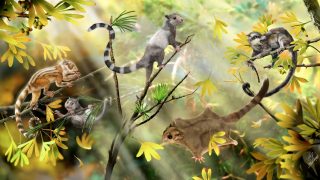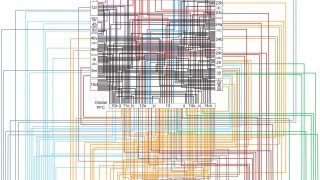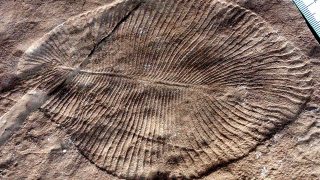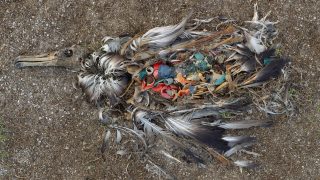
Mercury’s magnetic puzzle
Is it possible to have an asymmetric magnetic field when all boundary conditions are known to be symmetric? The question seems awkward but the counter-intuitive reality is always there to make Science far more interesting, as revealed recently by Hao Cao and collaborators . Today’s story is a good combination of intriguing observations and amazing […]








